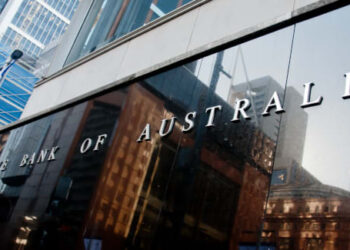Private credit markets have shown worrying signs of complacency and weak governance that resemble conditions seen before the global financial crisis (GFC), investment firm Akambo’s director and chief investment officer, Chris Willaton, told InvestorDaily.
“There’s a few things that I think are quite prevalent right now,” Willaton said. “One is that we’re seeing too much complacency in a lot of investor attitudes.
“We’re seeing inadequate transparency, particularly in some of the private market instruments, and what we’ve seen even more recently is a number of US businesses that are demonstrating a lack of appropriate governance and a lack of appropriate investor scrutiny.”
Willaton cited examples such as the collapse of auto dealer Tricolor and car parts manufacturer First Brands in the US, noting that both have been affected by “inadequate lending standards and governance”.
Despite these issues, he said markets have remained buoyant.
“Even though we see issues such as what we’ve seen with Tricolor and First Brands, US markets have seen a lot of new highs this year.”
He added that credit spreads have stayed unusually tight despite major defaults and write-downs.
“We saw this back in 2007 – markets weren’t pricing risk appropriately, and in order to get higher returns, people are taking on a lot more risk than they should be for those returns.”
Willaton also observed a growing “short-termism” in investor behaviour, saying the search for quick gains is leaving portfolios more vulnerable.
While he stopped short of directly predicting another GFC, Willaton cautioned that current conditions could still trigger a market correction.
“It’s difficult to draw too many direct correlations with time frames they want to reference the GFC. I’m not suggesting it’s going to look the same,” he said. “Every crisis looks different. We could quite possibly see some of those things play out.
“But these financial crises do generally include significant hits to the values of shares and fixed income investments, which clearly impacts a lot of households.”
He pointed to red flags that investors appear to be ignoring, alongside warnings from regulators and central banks and compared the hype surrounding artificial intelligence to the dot-com boom of the late 1990s.
“Even though there’s a lot of frothiness in a lot of AI-related investments, that doesn’t mean that AI is not going to continue to lead to a dramatic transformation in the way we all work,” he said.
“There’s an overestimation of the benefits in the short term and possibly an underestimation of the benefits in the longer term.”
In terms of regulator intervention, Willaton welcomed the Australian Securities and Investments Commission’s (ASIC) review into private credit markets, saying greater oversight was overdue.
“ASIC has announced that they’re going to be conducting a review into private credit in Australia.
“They’ve identified a number of areas where there is some concern and Australia falls short of some of the global oversight standards, just in terms of valuation, conflict management, fee transparency and terminology,” he said.
He added that Australian superannuation funds now hold around $400 billion in private market assets – a 34 per cent increase in recent years – raising the risk that “some of the new entrants” are operating with “lower lending standards”.
Willaton concluded that inadequate transparency and related-party transactions remain under-recognised dangers.
“When you see related party transactions, it doesn’t always mean that there’s issues, but it is something that is typically a red flag. When it’s accompanied by inadequate compensation for the risk that’s being taken, it often leads to something pretty painful for a lot of retail investors.”







